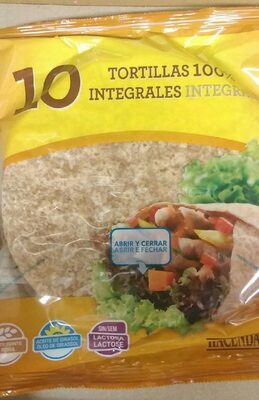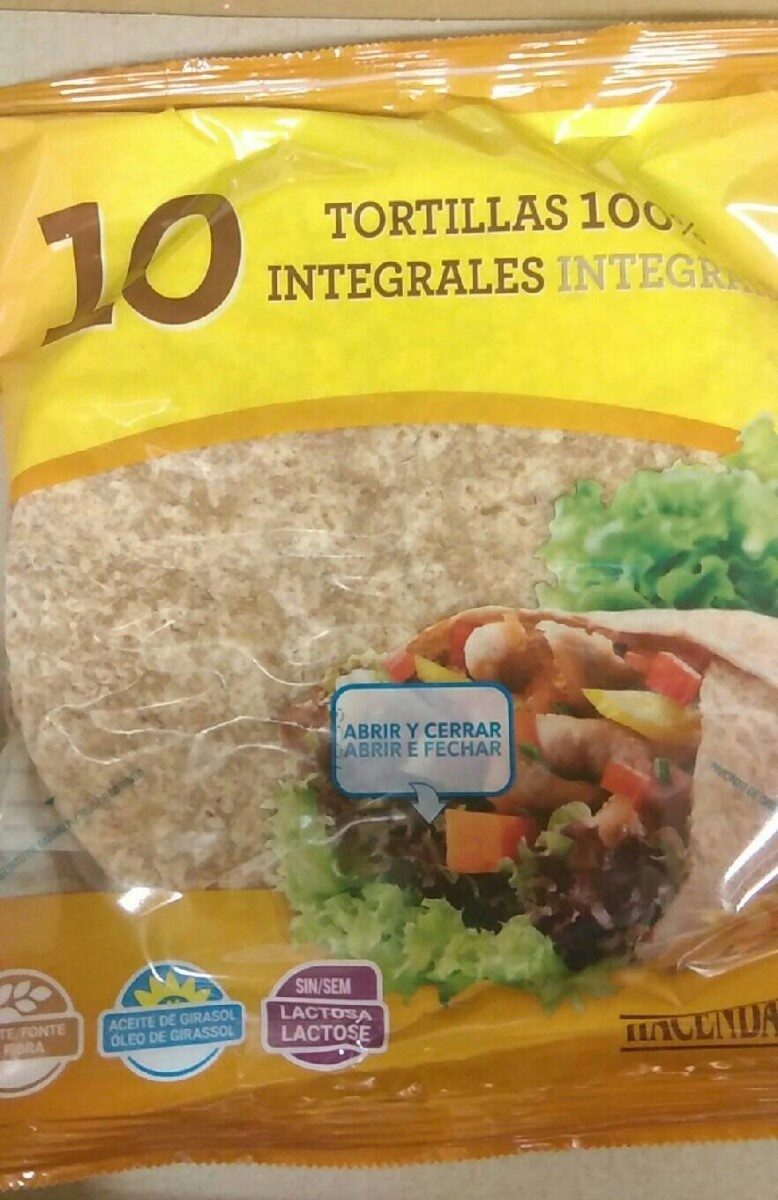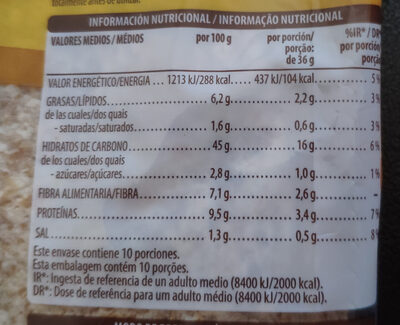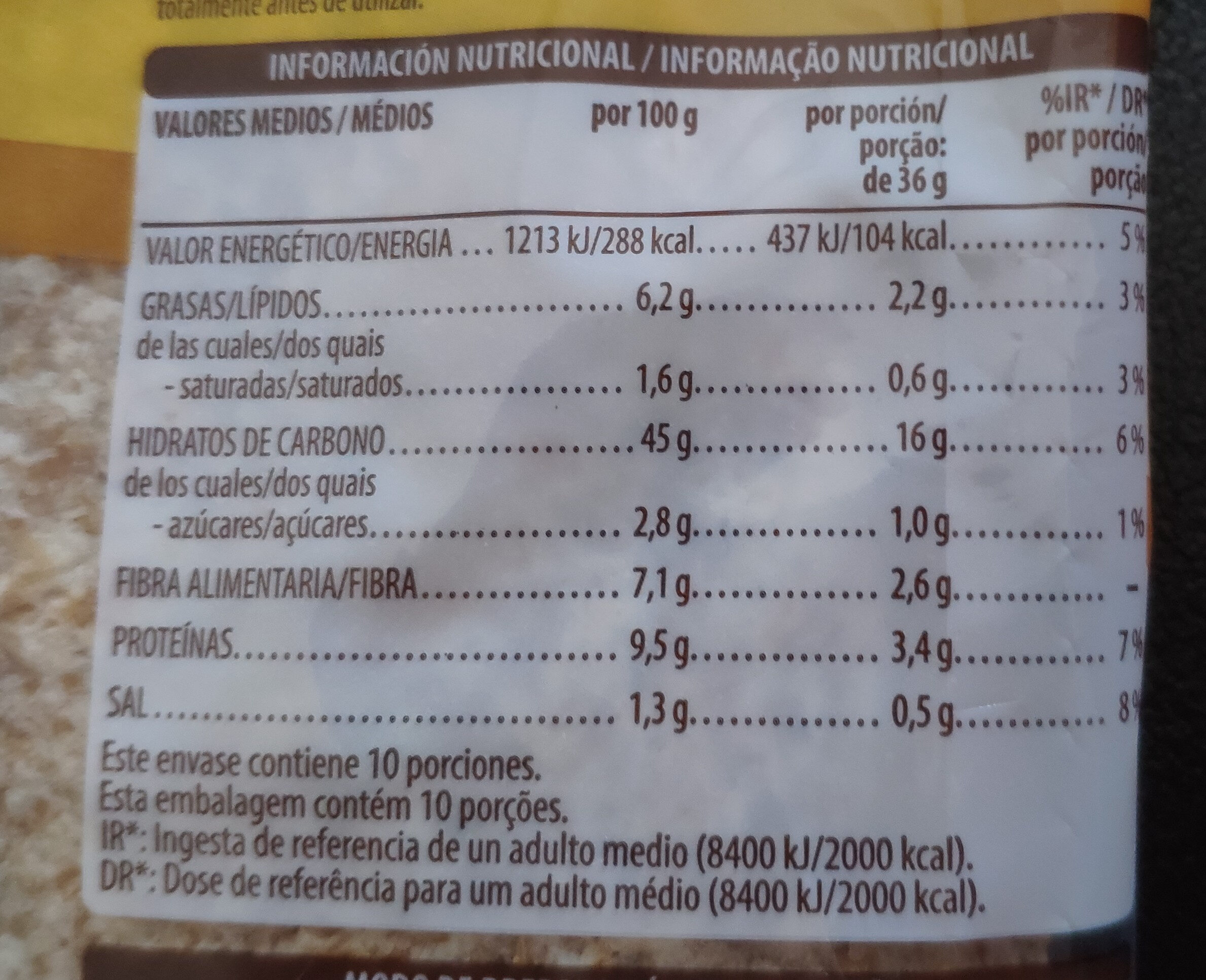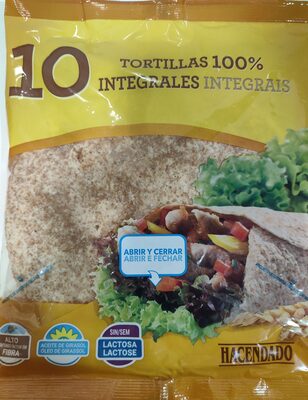Tortillas de trigo integrales - Hacendado - 360 g
Aquesta pàgina del producte no està completa. Podeu ajudar a completar-la editant-la i afegint-hi més dades a partir de les fotos ja disponibles, o fent-ne més amb l'aplicació de androide o iPhone / iPad. Gràcies!
×
Codi de barres: 8480000809421 (EAN / EAN-13)
Nom comú: Tortillas integrales de trigo
Quantitat: 360 g
Marques: Hacendado
Categories: en:Alimentos de origen vegetal, en:Alimentos y bebidas de origen vegetal, en:Cereales y patatas, en:Panes
Etiquetes, certificacions, premis:
Source of fibre, Punt verd, Alt en fibra, Sense lactosa, Amb oli de gira-sol
Llocs de fabricació o processament: Valencia, España
Botigues: Hacendado
Països on es va vendre: Espanya
Matching with your preferences
Report a problem
Fonts de dades
Producte afegit per kiliweb
Última modificació de la pàgina del producte per grumpf.
La pàgina del producte, també editada per alia, curbo, elcoco, ffk, foodvisor, inf, javierrequena, juanjo80, lucykb, merida-gonzalez-victor, openfoodfacts-contributors, org-app-elcoco, roboto-app, scanbot, smoothie-app, thaialagata, yuka.R1owS0U0Z0dxdGNTdnNJaXhCSEVvTngyd01XUlcxR2VFZFl1SVE9PQ, yuka.Wkxvdk5LWVQvdmhhcS8wZStCZnN5NHRZMWNTMVpUS3JldTg2SVE9PQ.
